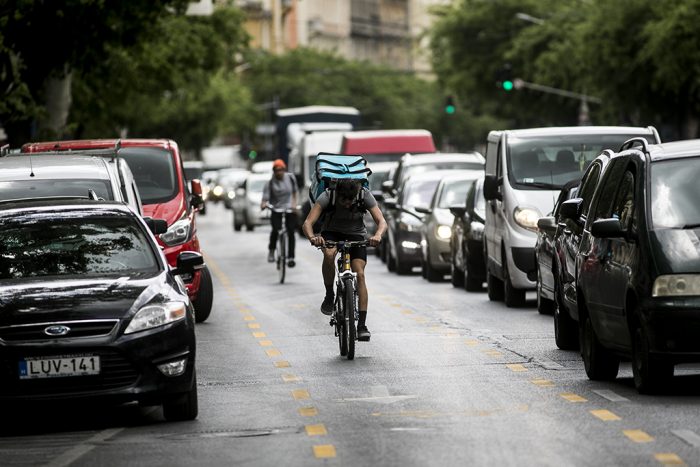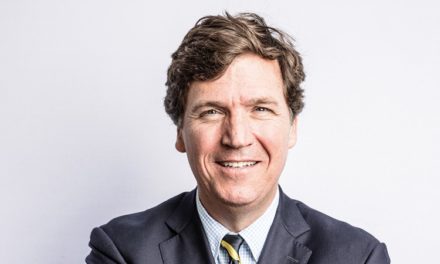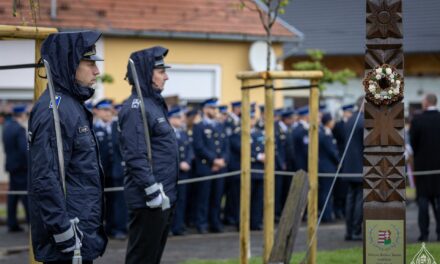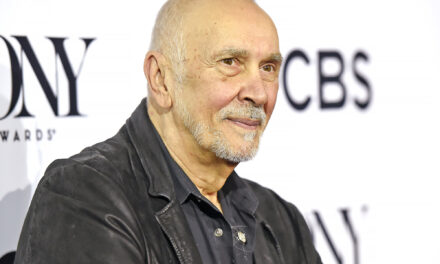Perhaps the only visible result of Gergely Karácsony's work - on the other hand, it is very annoying - is the painting of the bike lanes on the main boulevard. It is not that the development of bicycle transport is not beneficial, but not on the main roads which are already very narrow and full of continuous traffic jams.
Public opinion shows roughly the same: less busy roads should be designated for wire donkeys. However, BKK - in defense of the concept of Christmas - posted an infographic on its social media platforms. The infographic shows the distribution of traffic on the main road on a working day. "In the narrow sense of the inner-city part of Nagykörút, two-thirds of the people traveling there use trams, while the number of people traveling with active and micro-mobility devices (bicycles, scooters, scooters, etc.) or on foot is half of those traveling by car," they wrote as an explanation for the figure below. In Hungarian, according to them:
68% of those traveling on the Nagykörút travel by tram, 21% by car and 11% by "active and micromobility device users", i.e. by foot, bicycle, scooter, etc.
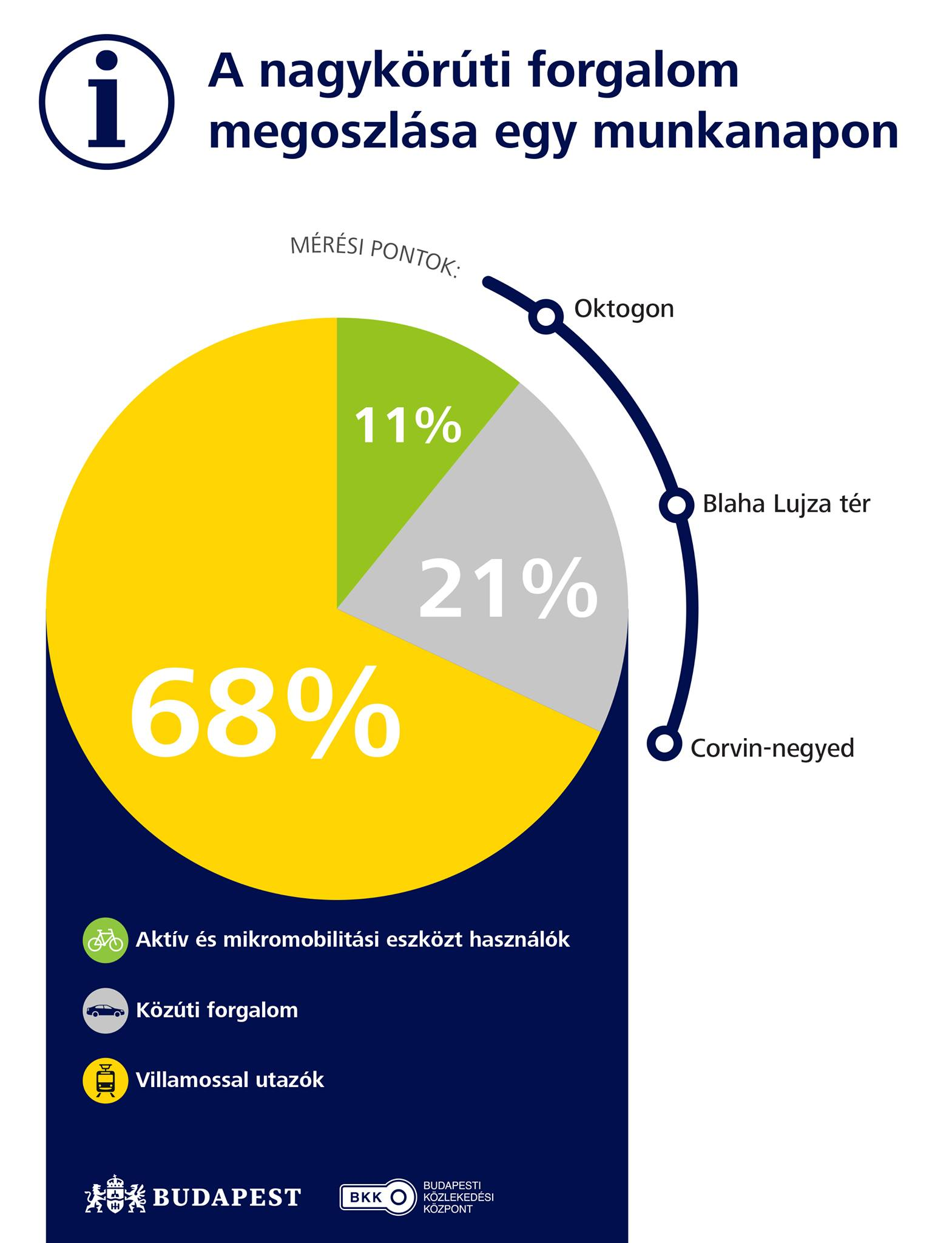
Source: mandiner.hu/BKK
Vezess.hu shed light on the methodological errors and untruths of the BKK survey. The infographic was created from the results of tooth counts carried out at three Nagykörút intersections, which took place simultaneously over a period of 9 hours. "Actually, we measured people crossing an imaginary line - crossing Nagykörutat -," said the BKK's information on the matter.
In other words, the measurement covered 9 hours, they measured only during peak hours, and all pedestrians walking on the sidewalk were considered to be road users and were placed in the "bicycle" group, as well as potentially
tram passengers could even be registered as pedestrians after disembarking.
Vezess.hu carried out its own measurement, monitoring the traffic over a 24-hour time interval with a traffic tracking system. According to their results, there were 10,890 pedestrians in the traffic lane and 1,099 in the bicycle lane.
Further cleaning of the results revealed that 11,029 motorists and 735 cyclists used the examined section of the Great Ring Road.
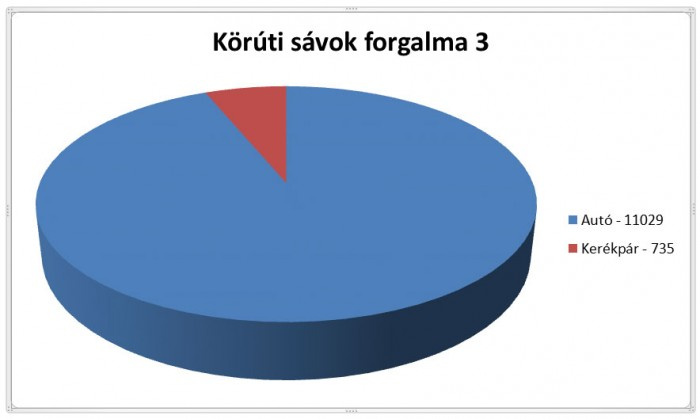
Source: mandiner.hu/vezess.hu
The ratio is now not 2:1, as in the extremely strange measurement of BKK, but 93% cars and 6% cyclists. In the meantime, car traffic became slower, as a lane was taken from them to make way for a bicycle lane.
Source: mandiner.hu
Featured image: PestiSrácok

